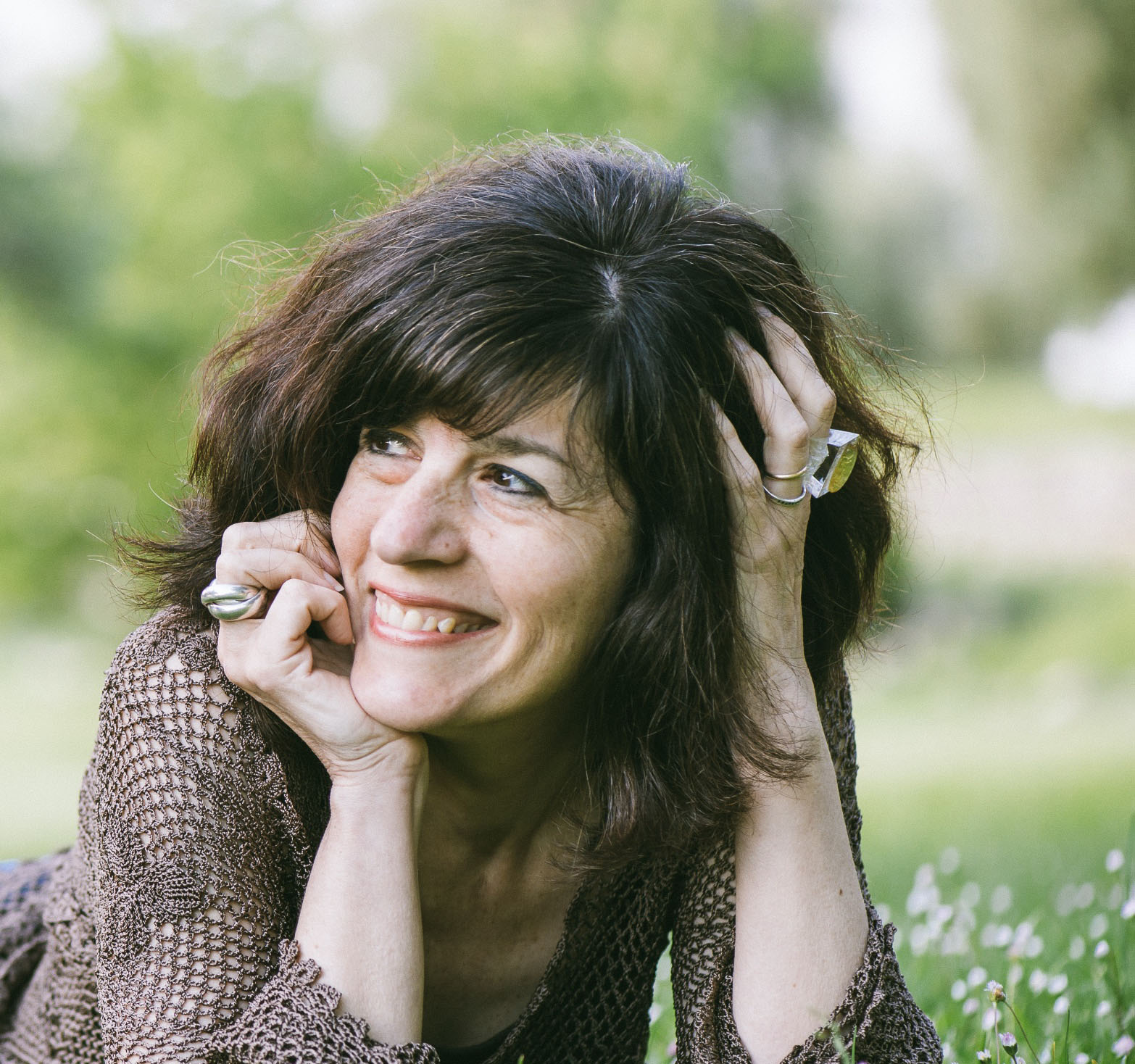
Food has always been the main focus of Jamie Schler’s life. That bond has only strengthened over time. A Jewish American writer, specializing in food and culture, Schler has lived in France for decades.
“Once I had kids, I started to be fascinated by the cultural aspects of food,” Schler, a Jewish American food writer who has lived in France since the 1980s, told the Journal. “[My husband and I] raised two sons who are American, French, Jewish and Catholic.”
They also have a little bit of North African, where her husband lived before they married, Eastern European from Schler’s family and some Italian heritage from the years they lived in Italy.
“They had all of these cultures that made up who they were,” she said. “it just made sense to use food … as a vehicle to teach them about all of the different parts of who they are.”
There are certain foods that are called different things in different cultures, which is one way to differentiate.
“There’s a really traditional French dish called pot-au-feu, which is basically boiled beef and vegetables,” she said.
With root vegetables and beef in broth, Schler said it’s similar to a Jewish dish she grew up with.
“That’s probably the food that [has] some variation of it found in every culture,” she said. “It symbolizes home because it’s a dish that you only make for your family, it’s sustenance [and] warmth.”
Although French food may appear to be fancy, Schler said it’s easier to make than you think.
“I realized very early on that what I had learned as an American living in the States about French cuisine wasn’t really what it was,” she said. “It was a lot more interesting and accessible.”
Schler worked in high-end culinary tourism and as an interpreter at a French cooking school, before becoming a writer. Even 20 years or so after moving to France, she realized that myths about French food were still being perpetuated in American cookbooks, food magazines and food columns.
“Most of the dishes that people assume are high-end are actually … cooked in a pot, which is a family dish,” she said. “[That[ means that it’s usually economical and simple.”
Once Schler started diving into the true French food culture – which is now her passion – she felt the need to share it. She started to write about French food, explaining the history and traditions behind French cuisine and individual dishes, which she does through her “Life’s a Feast” substack.
“You don’t need to know the traditions … or the stories behind the food, but it certainly makes the food a lot more fun to eat,” she said.
For instance, Schler explained, Americans have a vision that French onion soup uses a lot of fancy and expensive ingredients and it’s complicated to make. Schler’s husband makes it with onions, salt and pepper and water. That’s it.
“When you go back through time and you look through cookbooks from a century, two centuries, three centuries or longer, it’s exactly the same recipe,” she said.
Most French pastries, however, tend to be complicated.
“The French don’t really do that much pastry making at home,” Schler said. “The majority of the desserts that you find are high-end, because they’re what we call pastry shop pastries… they cost more money to make [and] take a lot of time to do.”
There are simpler dessert options that are refreshing and delicious.
Schler said there is a local specialty, called crémet nantais, that’s a mousse-like cream with sugar in it.
“You serve it with berries in the summer,” she said. “That’s just the kind of thing that I love.”
The recipe for Schler’s crémet nantais is below.
Subscribe to Life’s a Feast by Jamie Schler on Substack and follow @LifesaFeast on Instagram.
For the full conversation, listen to the podcast:
Crémet Nantais or d’Anjou
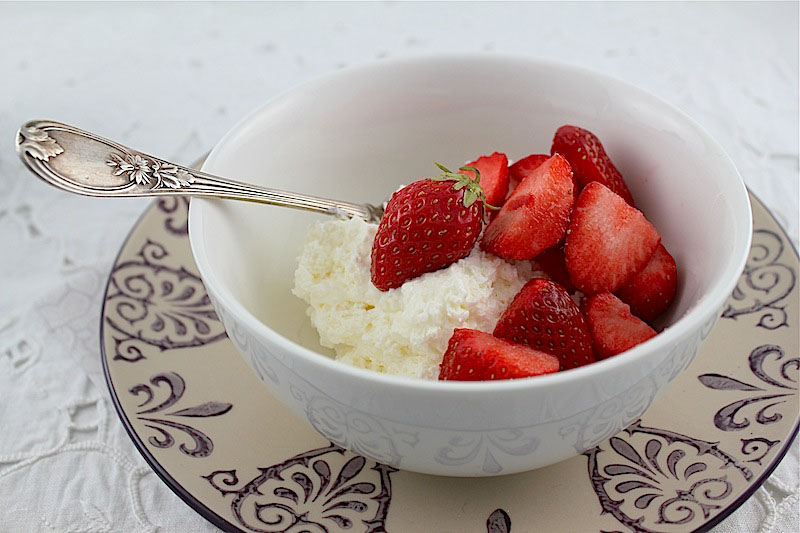
This is a very delicate, fragile dessert that should be manipulated as little as possible. As in anything made light from whipping, be very careful when unmolding, spooning from the sieve into the serving platter, bowl or individual bowls. Do not overfold the ingredients when preparing.
Ingredients
Approximately 300 g (10 ½ oz) fromage blanc faisselle (a chunky curdled milk product) or cottage cheese, ricotta or quark (this is a curdled white fresh cheese similar to a wet cottage cheese)
200 – 250 ml (generous ½ cup – 1 cup) fresh cold heavy or whipping cream
2 large egg whites
Pinch salt
85 g (3 oz) powdered/confectioners/icing sugar or to taste
Fresh berries or berry coulis to serve
Instructions
Spoon the fromage blanc into a sieve and place over a bowl in the refrigerator to drain the time of a meal or a few hours.
Once drained, beat the fromage blanc in a large bowl with all of the sugar, less 1 – 2 tablespoons, with a hand mixer on low speed to smooth.
In a separate bowl, beat the cold heavy cream to Chantilly – very thick whipped cream. Fold the whipped cream delicately into the fromage blanc.
In a separate, very clean bowl using very clean beaters, beat the egg whites with a pinch of salt on high speed until frothy; continue beating, gradually adding in the remaining tablespoon or two of icing sugar. Beat until the whites are stiff. Fold delicately into the cheese/cream mixture until the mixture is smooth and thick.
Place the Crémet in a fine mesh strainer or sieve (or wrapped in mousseline placed in the strainer or colander), place the sieve or colander over a bowl and place in the refrigerator to drain overnight. Alternatively, the Crémet can be divided into individual molds with holes in the bottom like a Coeur à la crème.
The following day, unmold the Crémet onto plates or place the drained Crémet in a serving bowl. Rinse the berries, pat dry. Spoon servings of the Crémet into individual dessert plates or bowls and serve topped with berries. Serves 4 to 6.
Debra Eckerling is a writer for the Jewish Journal and the host of “Taste Buds with Deb.” Subscribe on YouTube or your favorite podcast platform. Email Debra: tastebuds@jewishjournal.com.







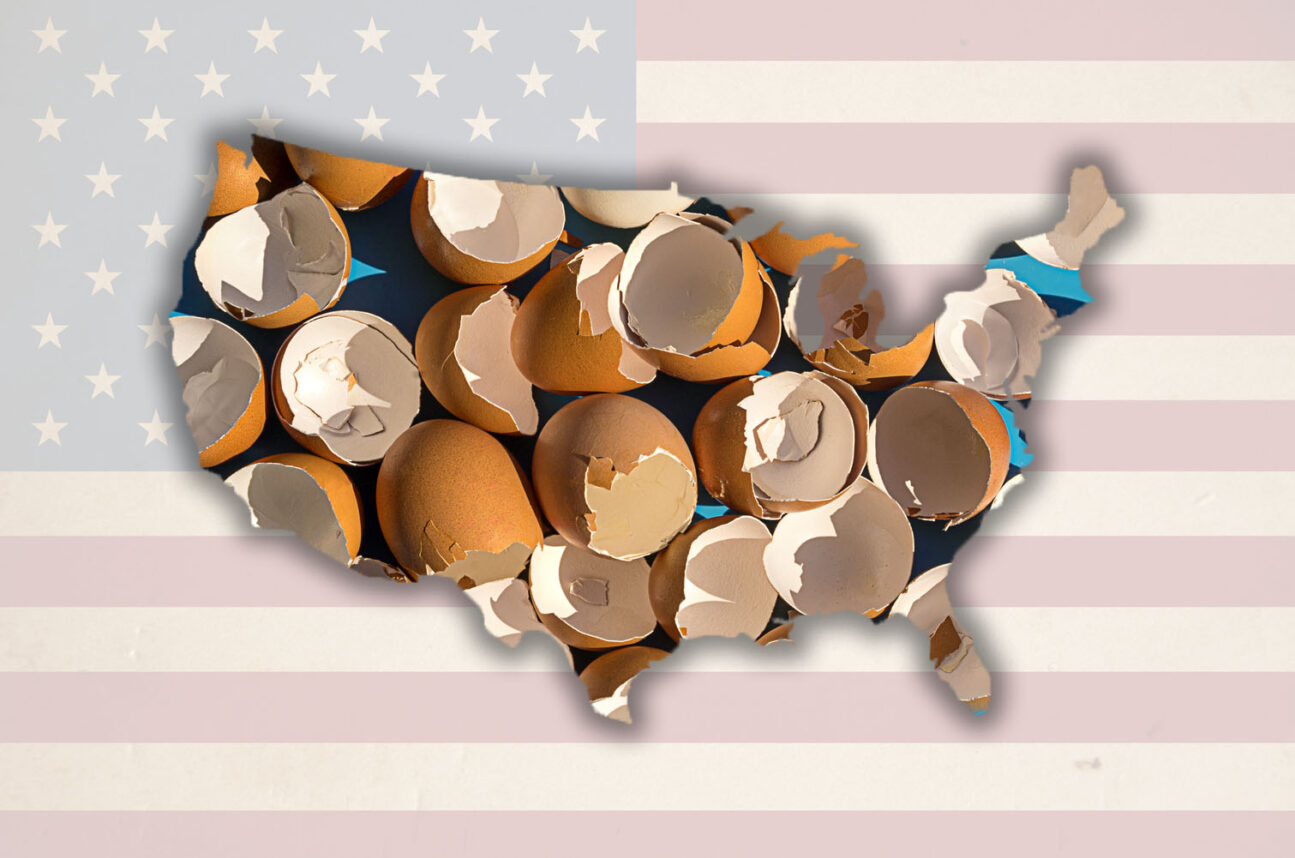


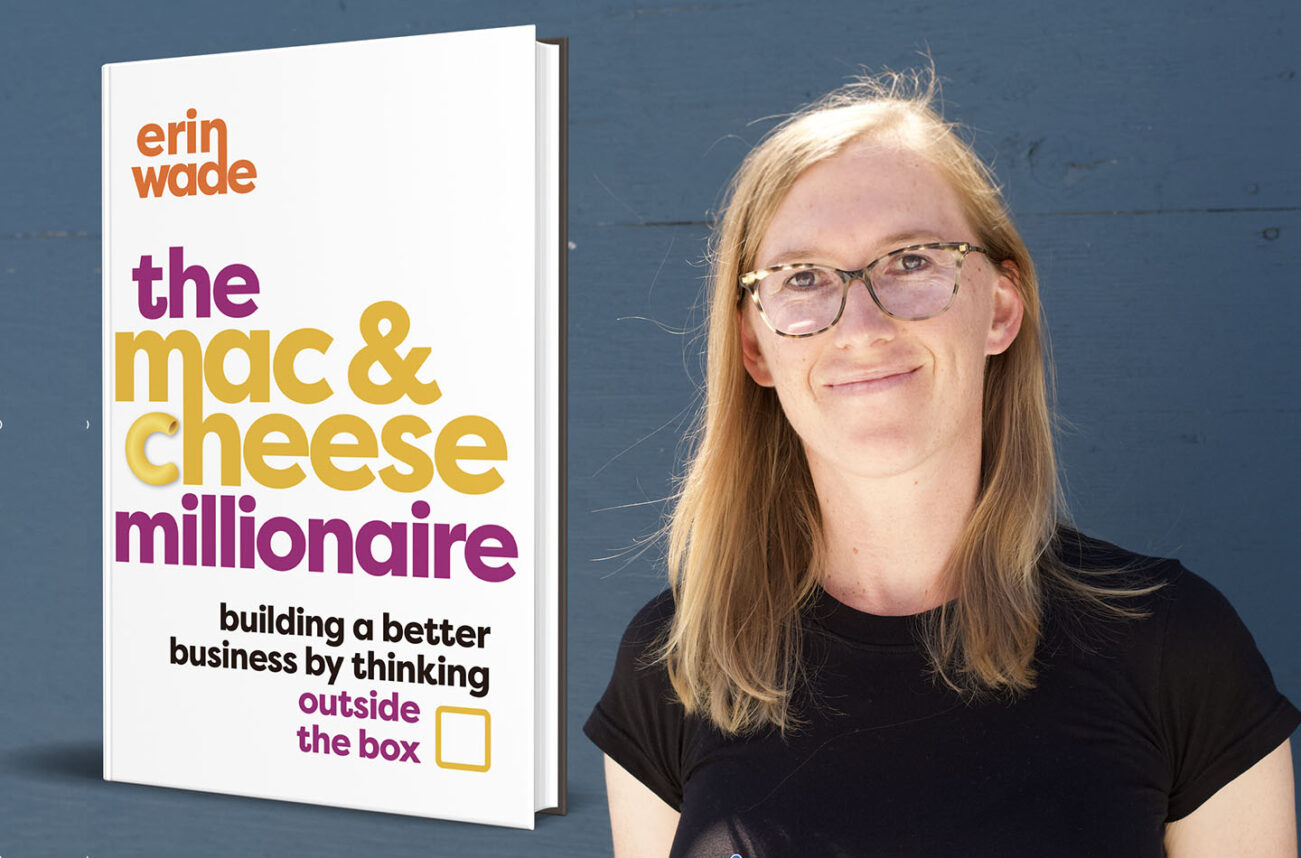
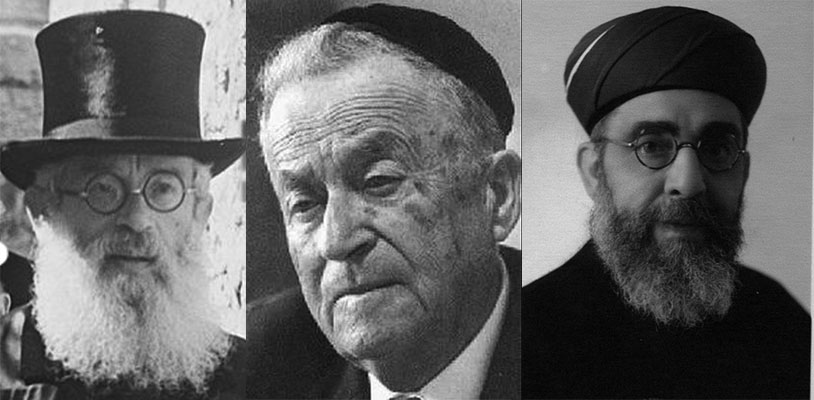

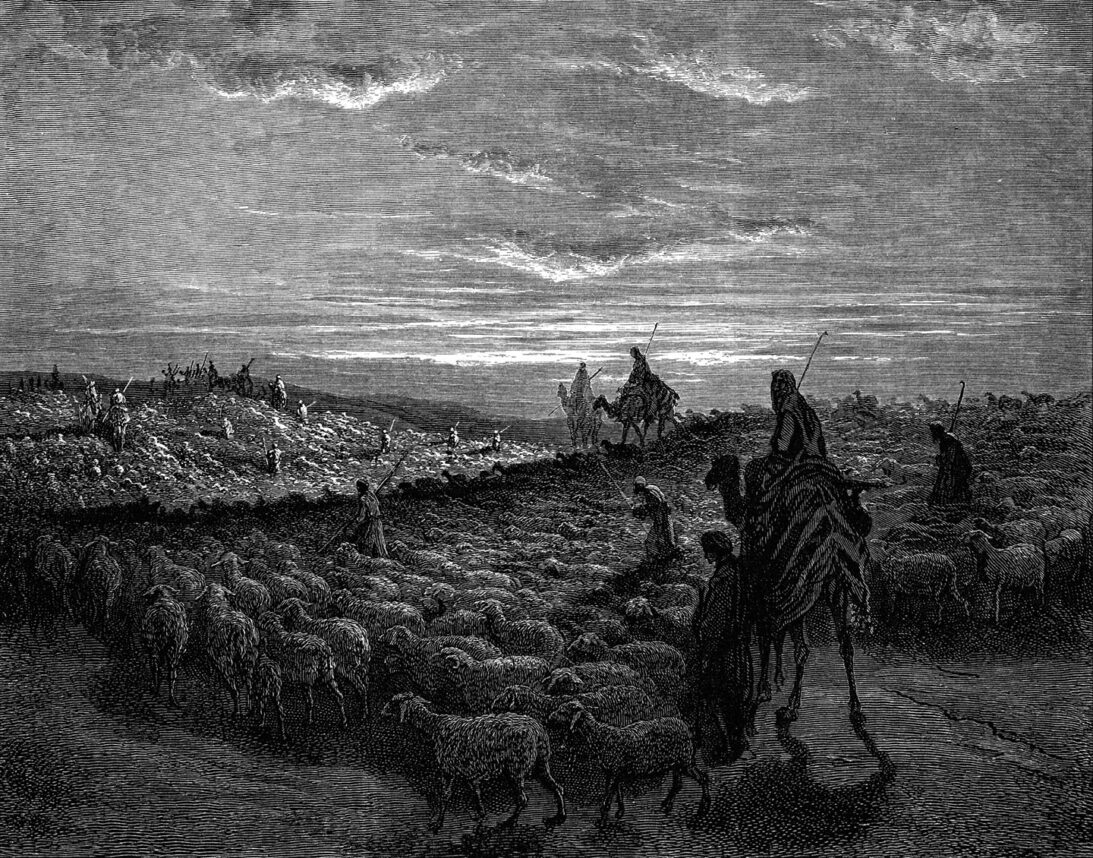








 More news and opinions than at a Shabbat dinner, right in your inbox.
More news and opinions than at a Shabbat dinner, right in your inbox.